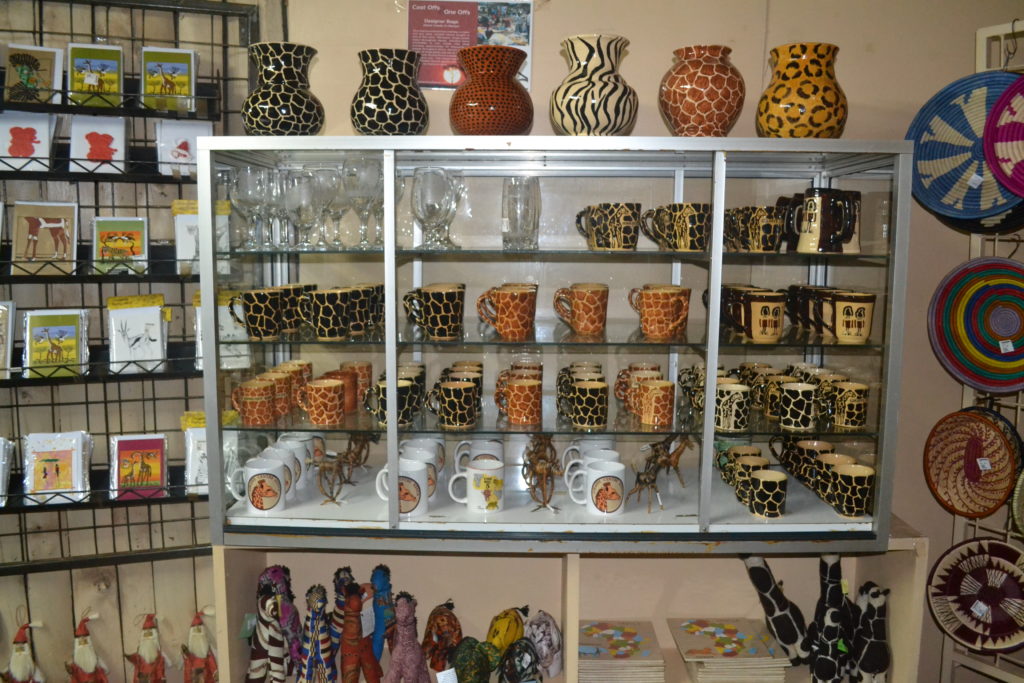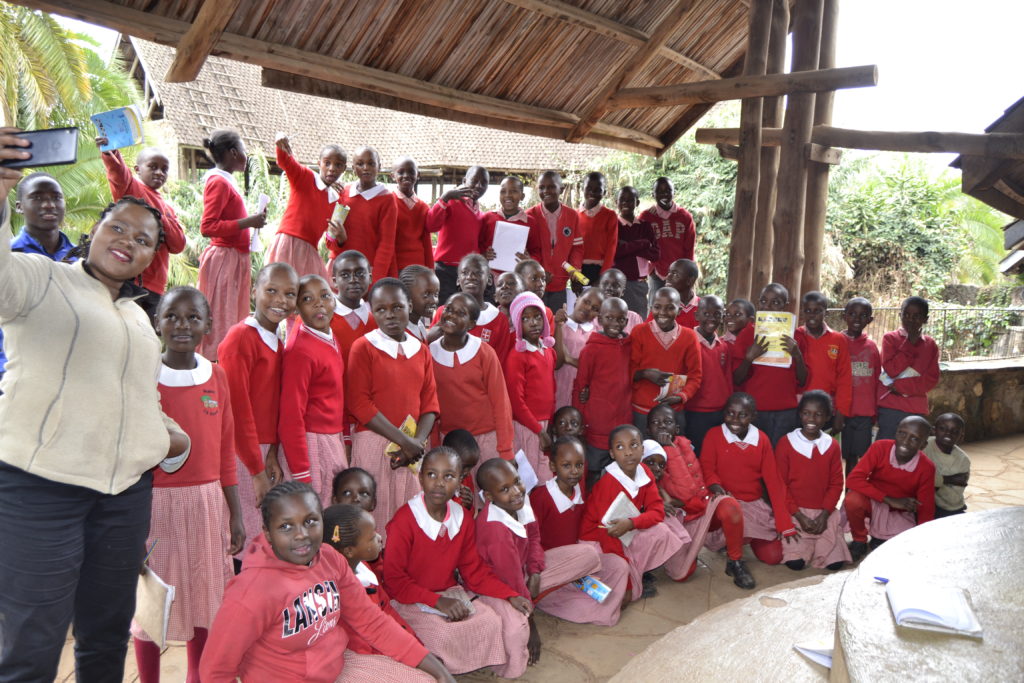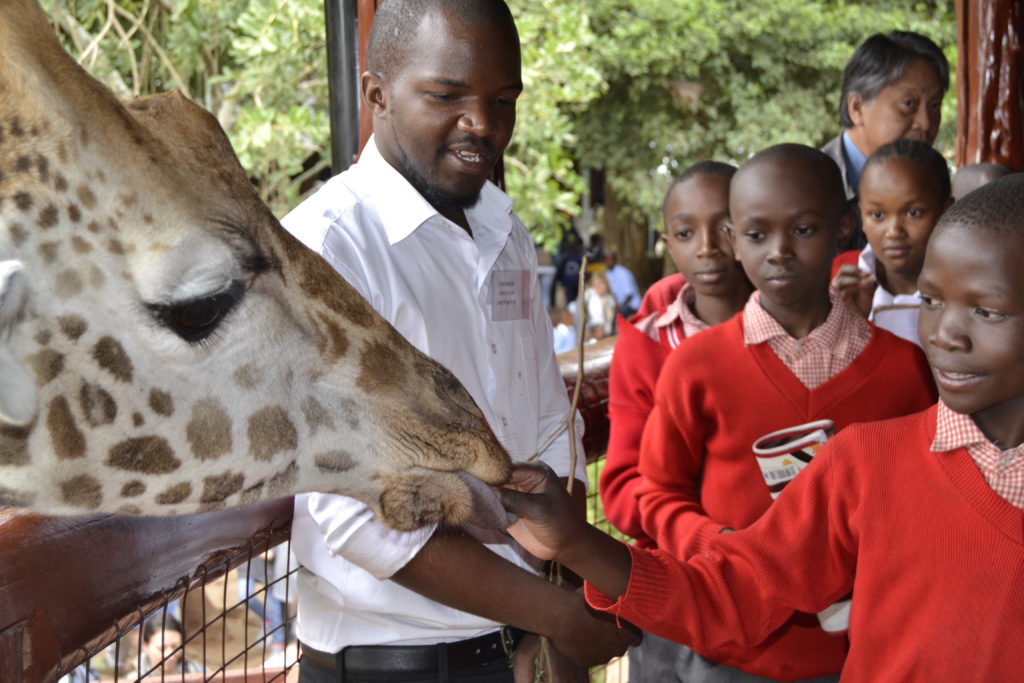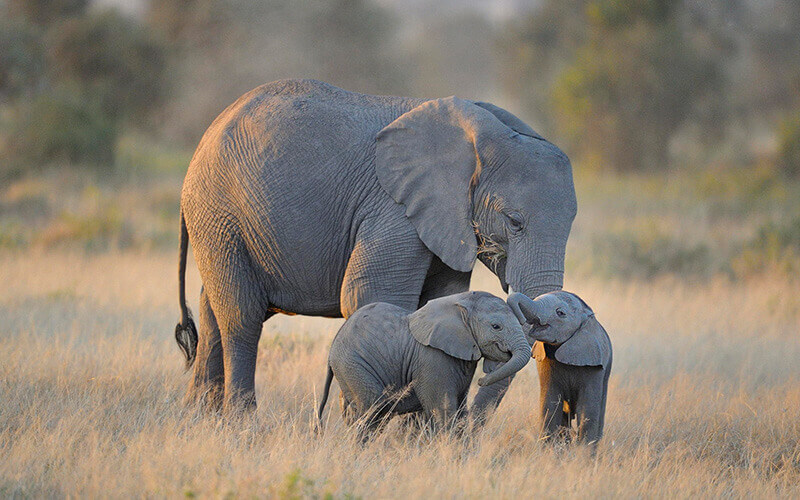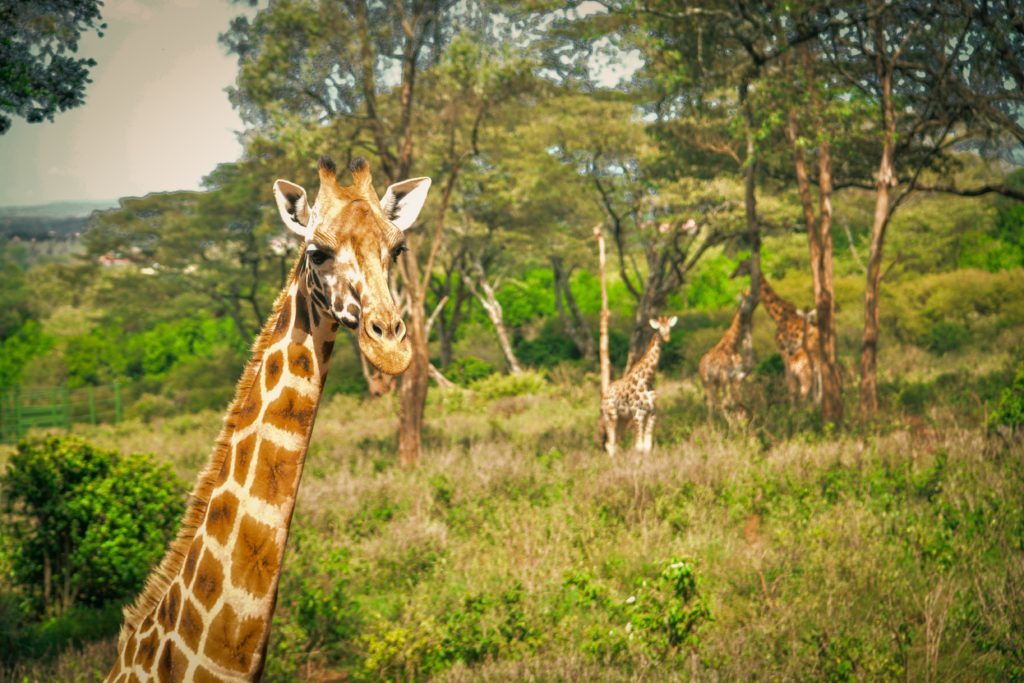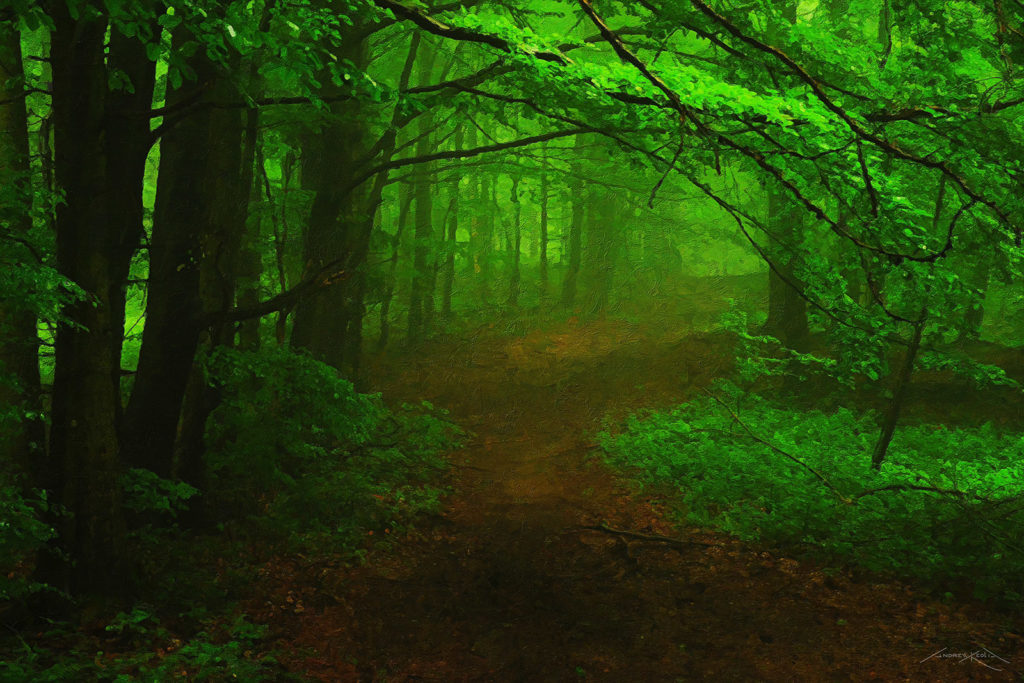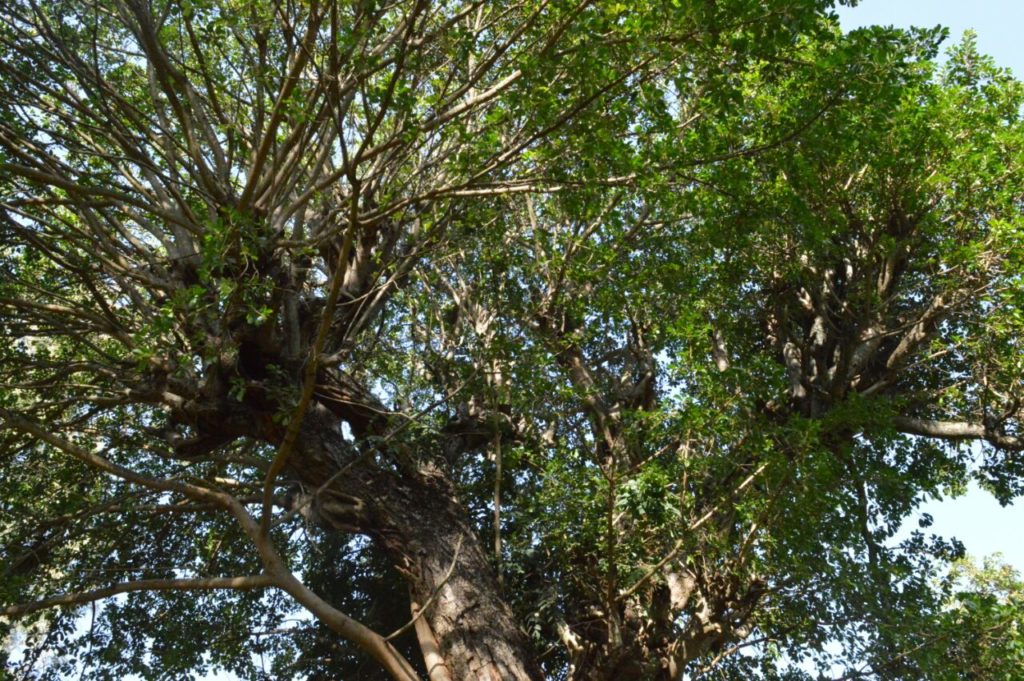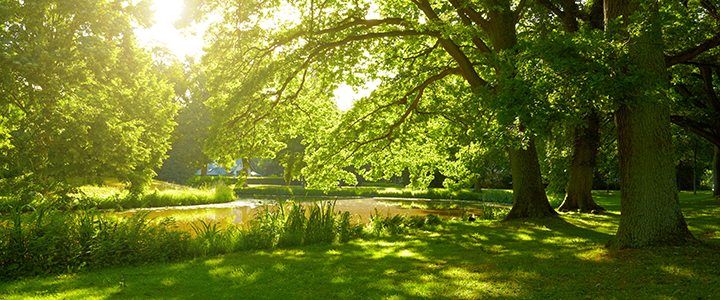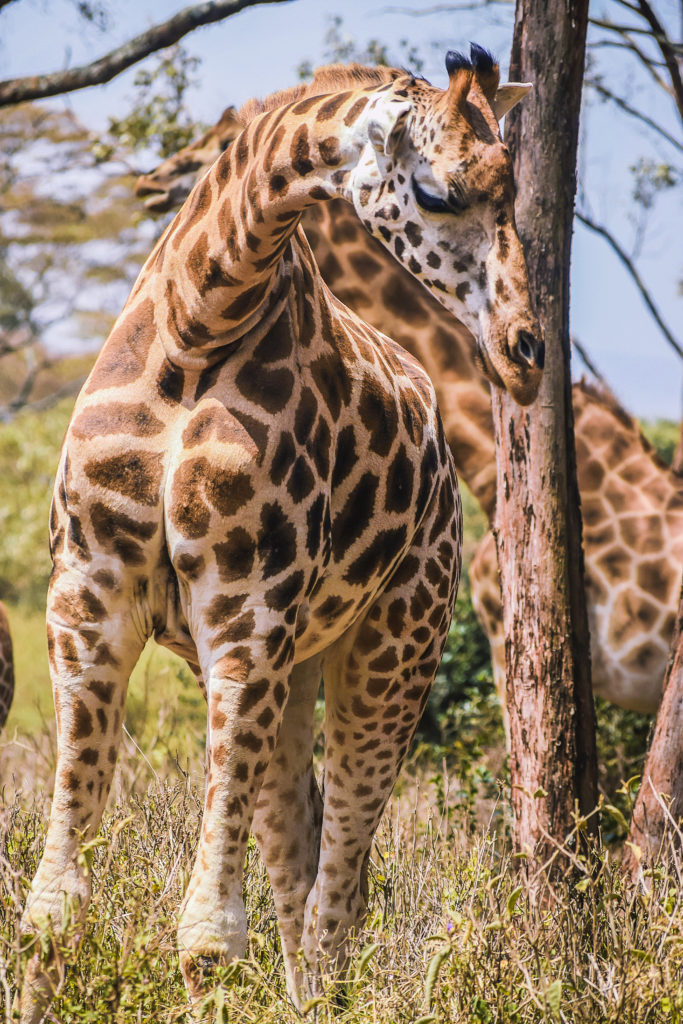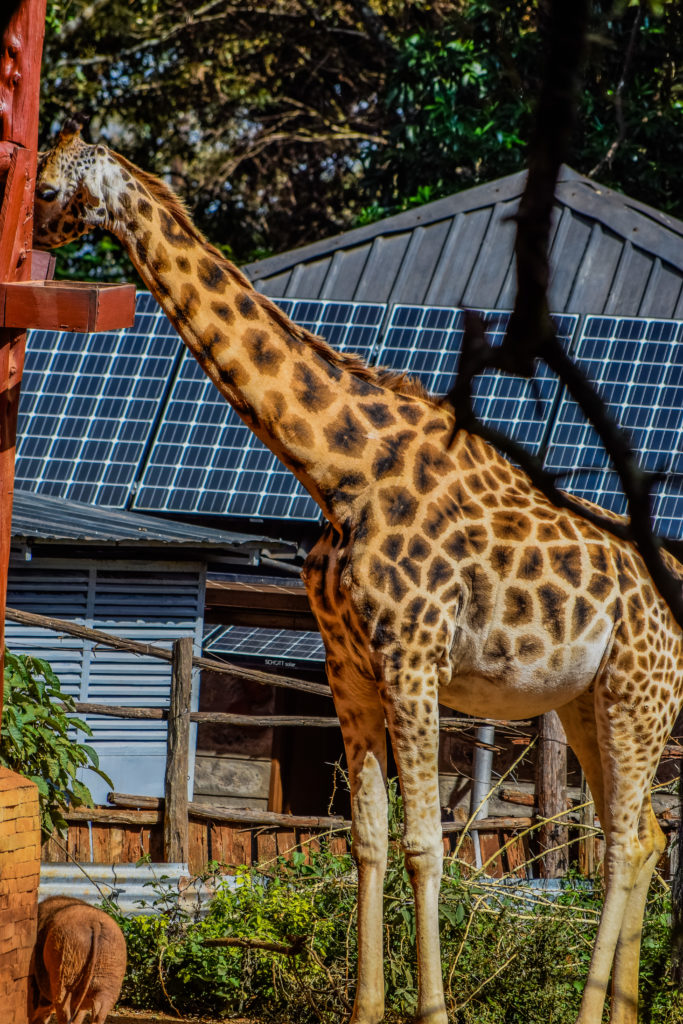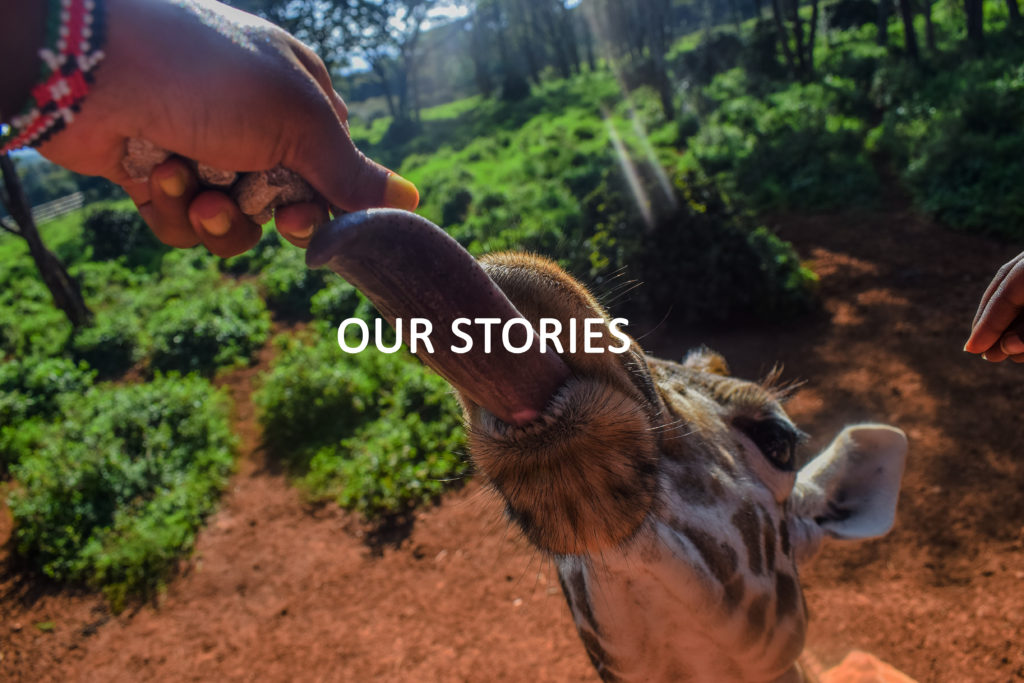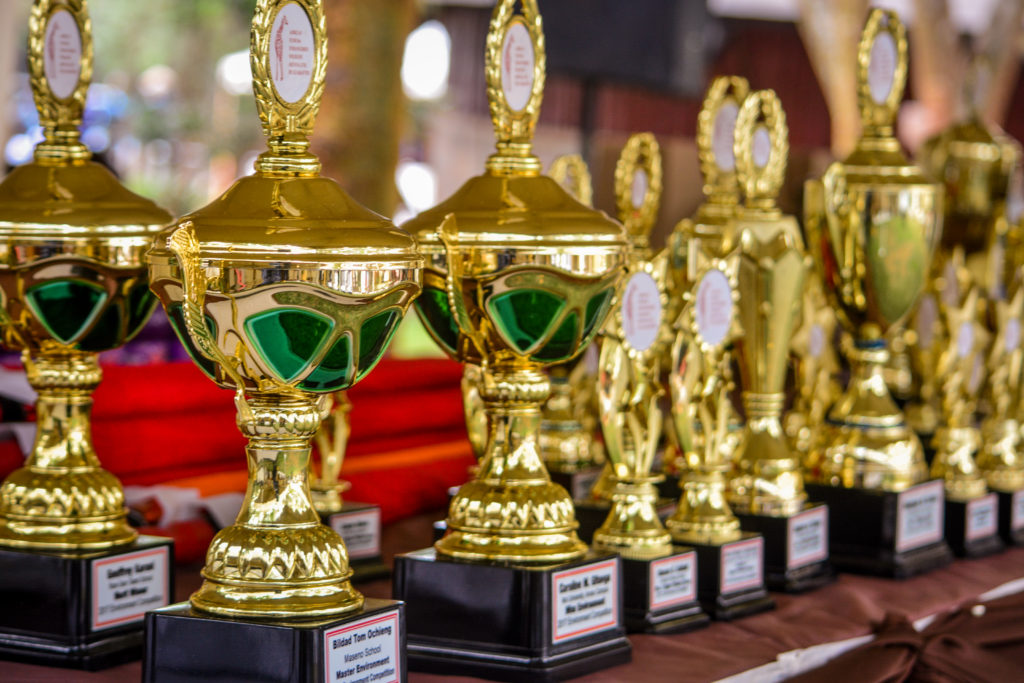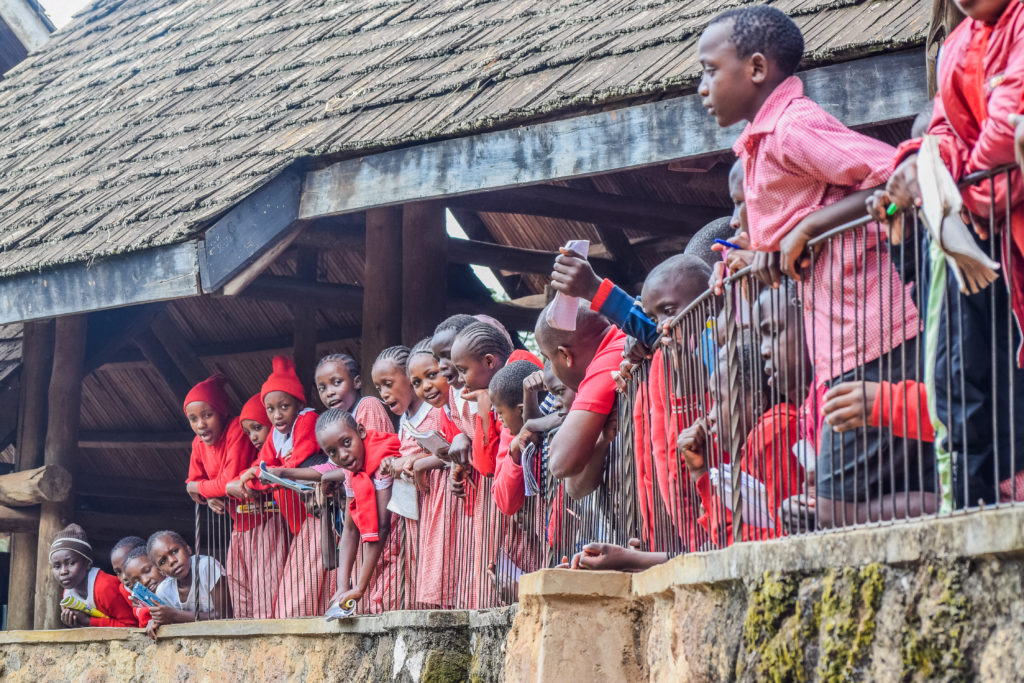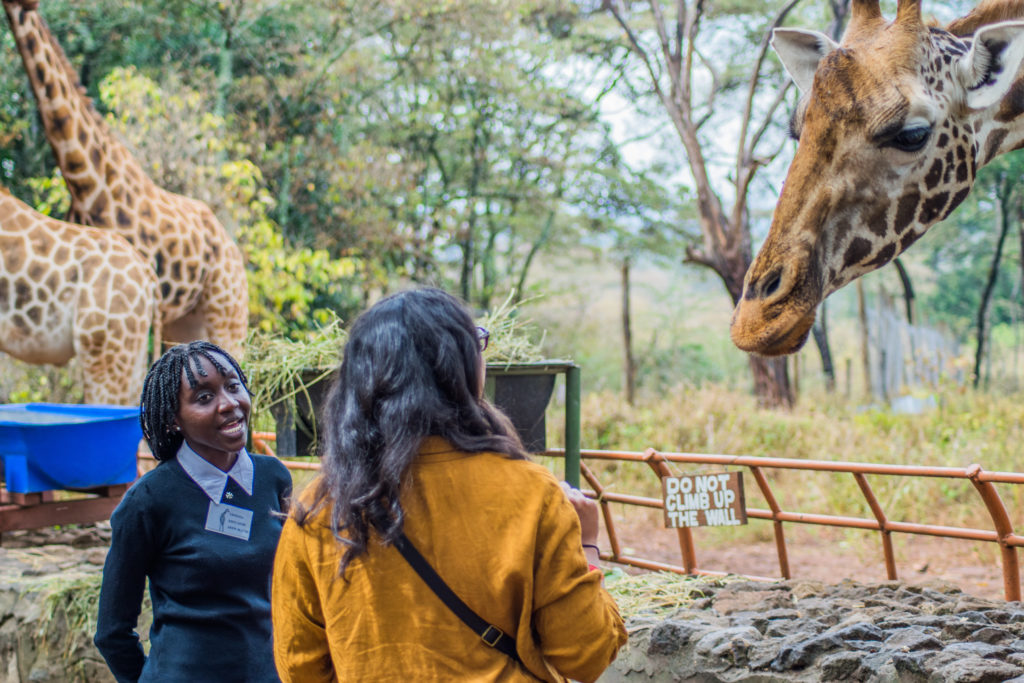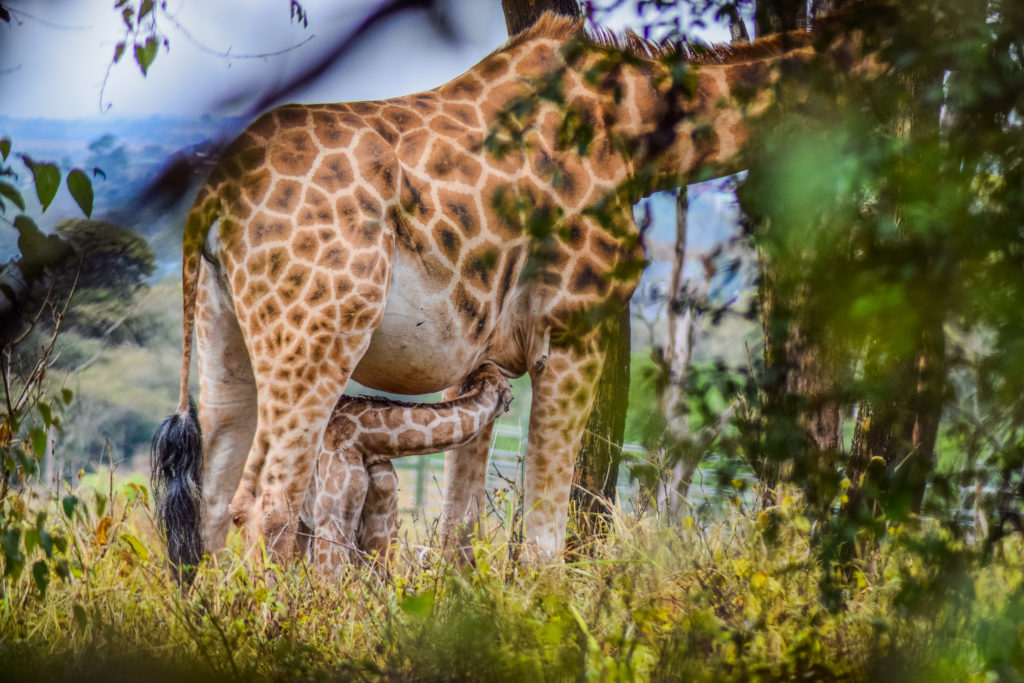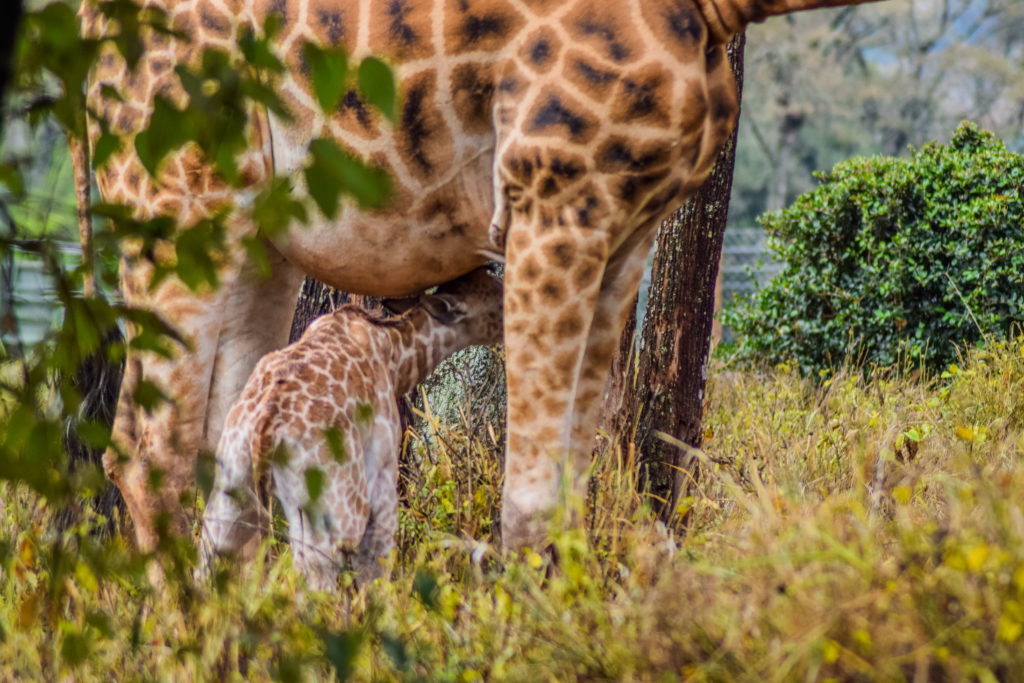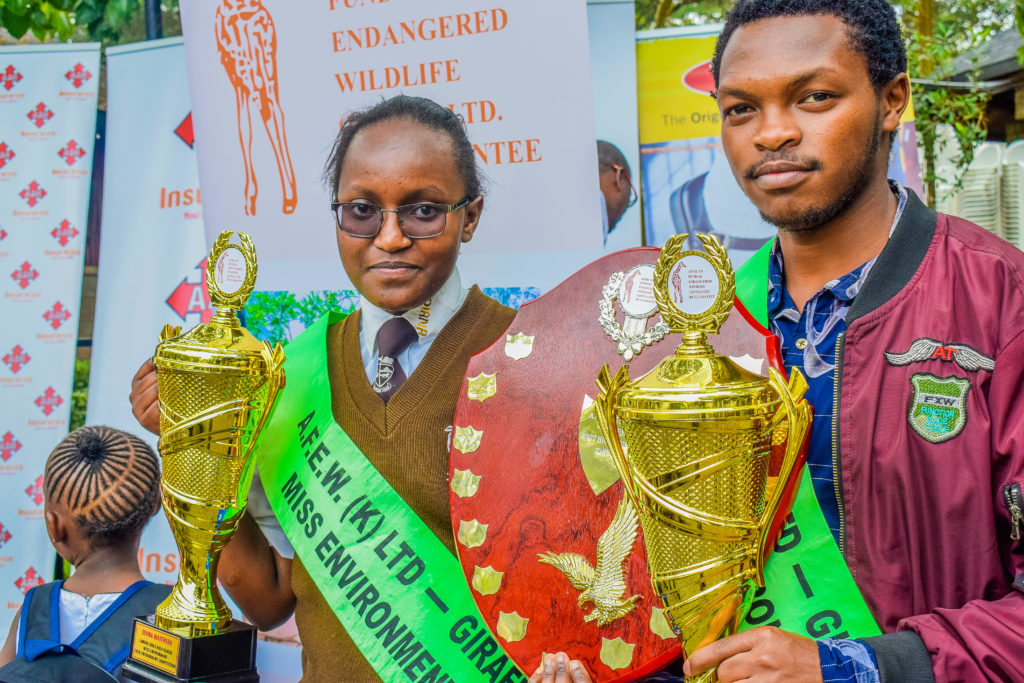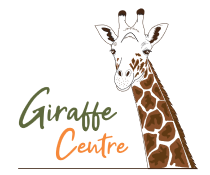A typical day for me as an educator at giraffe centre starts with a strong cup of coffee. It should be strong enough to get me up and about. Days can be long and hectic during these peak seasons, but one rule goes unspoken for an intern: always be on top your of your game. Today is a Wednesday, and Wednesdays are good days because we have chicken for lunch and who doesn’t like chicken?
My first task for the day is the packaging of pellets. Not my ideal way of starting the day but Ed, the giraffe, is present today and that most certainly is a sign of good luck. Ed was a case of love at first sight. I don’t like cheesy statements, but for Ed, I will make an exception. You see, if Ed were a man, then he would be the modern-day Idris Elba or Aqua man if you are into fiction. He is quite the gentleman with tender and amazing kisses.
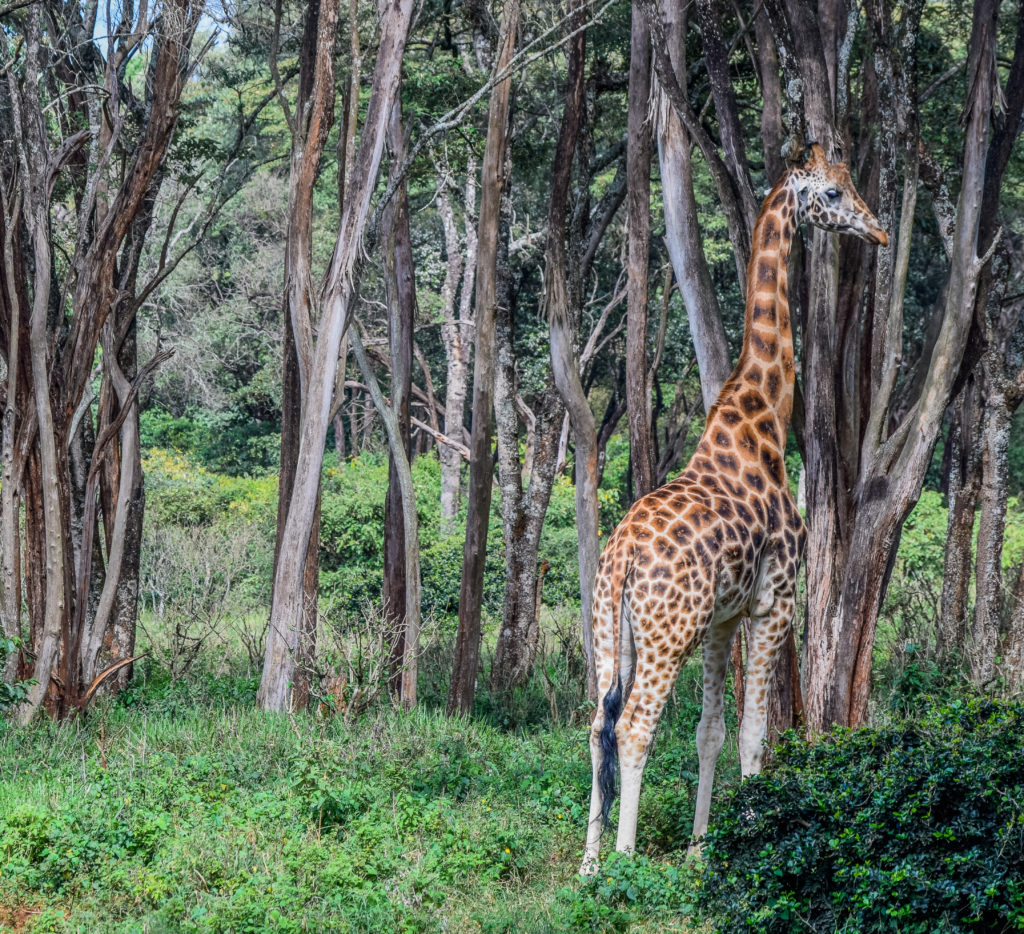
From packaging pellets, I lead visiting students, if any, into a lecture hall. There I will give a full-on presentation on Sustainable Environmental Conservation and all there is to know about giraffes, why? Because I am an educator – quite a fancy name, in my opinion. The talks happen for the better part of my morning. I might change shifts with the intern at customer care and take over the issuing of pellets to our customers. It is interesting how a communication barrier is never a problem when it comes to food. Most of the time, guests know what to do with the pellets.
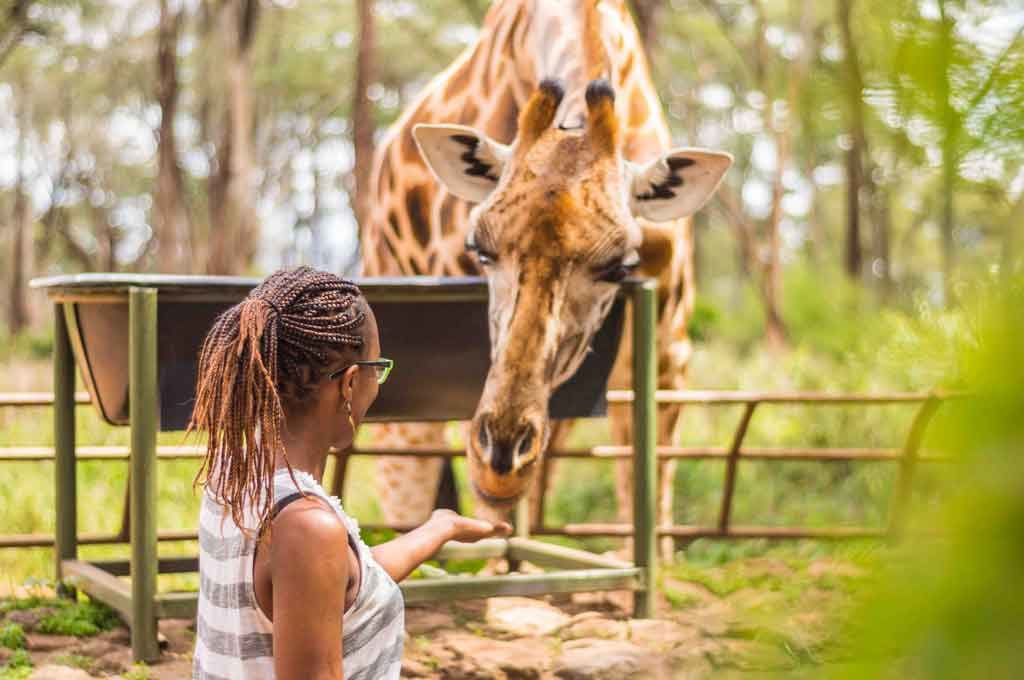
Later on, I move to the platform to facilitate the interaction of the guests and the giraffes. Here you will find two groups of people; the First timers who can’t seem to believe that they are up close to a giraffe,(Their eyes are always dreamy like they might have accidentally walked into a magic shop), and then there are the Regulars. These have who mastered their way around the giraffes and even know from experience that giraffe head butts are real. Either way, the fascination in their eyes every single time is priceless.
Someone asked me the other day, “what memories of this place are sure to stick with you even long after your internship?” My answer was obvious – the people. Each day I get an opportunity to interact with different personalities. One may be on a journey of backpacking across Africa; the other could be a couple that decided to take a vacation to Africa right after retirement. They all have fascinating stories to tell. Stories of which I never get enough. Having the ability to interact with these people and listen to their views on various topics has made me more open-minded and liberal, a gift I wouldn’t trade for anything.
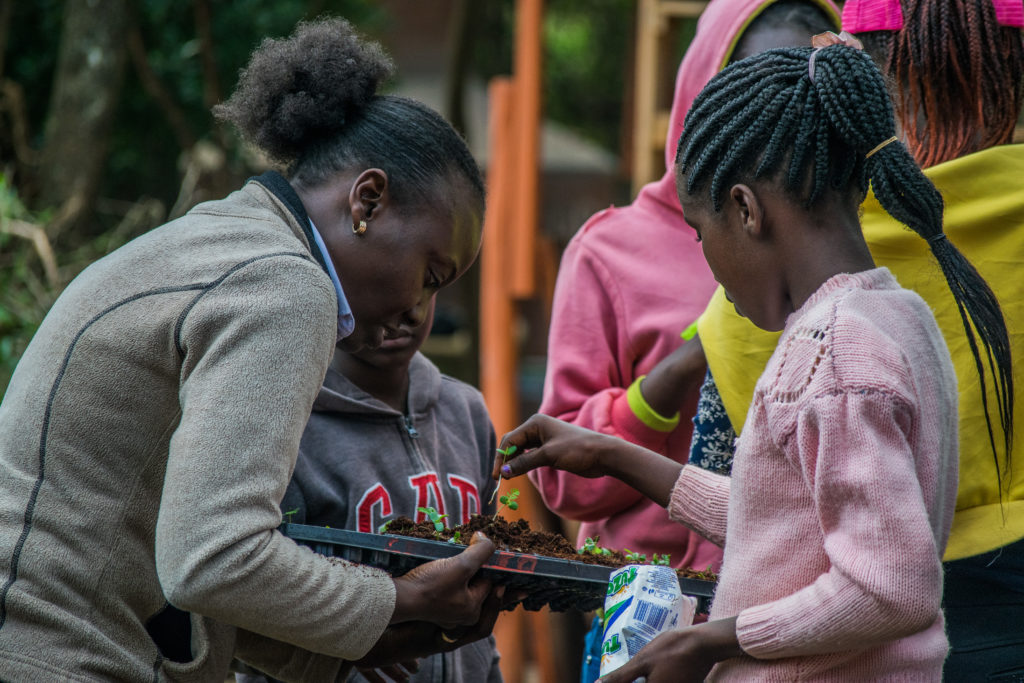
The other group of people that have made a significant impact in shaping me as a person is the staff at giraffe centre. You see, my view of workspaces was that of a mean boss who seems to have taken a vow to make your life a living hell. At Giraffe Center, the opposite is true. It felt too good to be true at the beginning. But as time went by I learnt that it was the work ethic and the culture of the staff that made this place feel like a home away from home. Their authenticity in helping the interns grow socially, emotionally and professionally is praiseworthy. I, for one, would not hesitate to recommend a friend to work at here. Giraffe Centre indeed has the one in a million people, wonderful counsellors and genuine friends.
